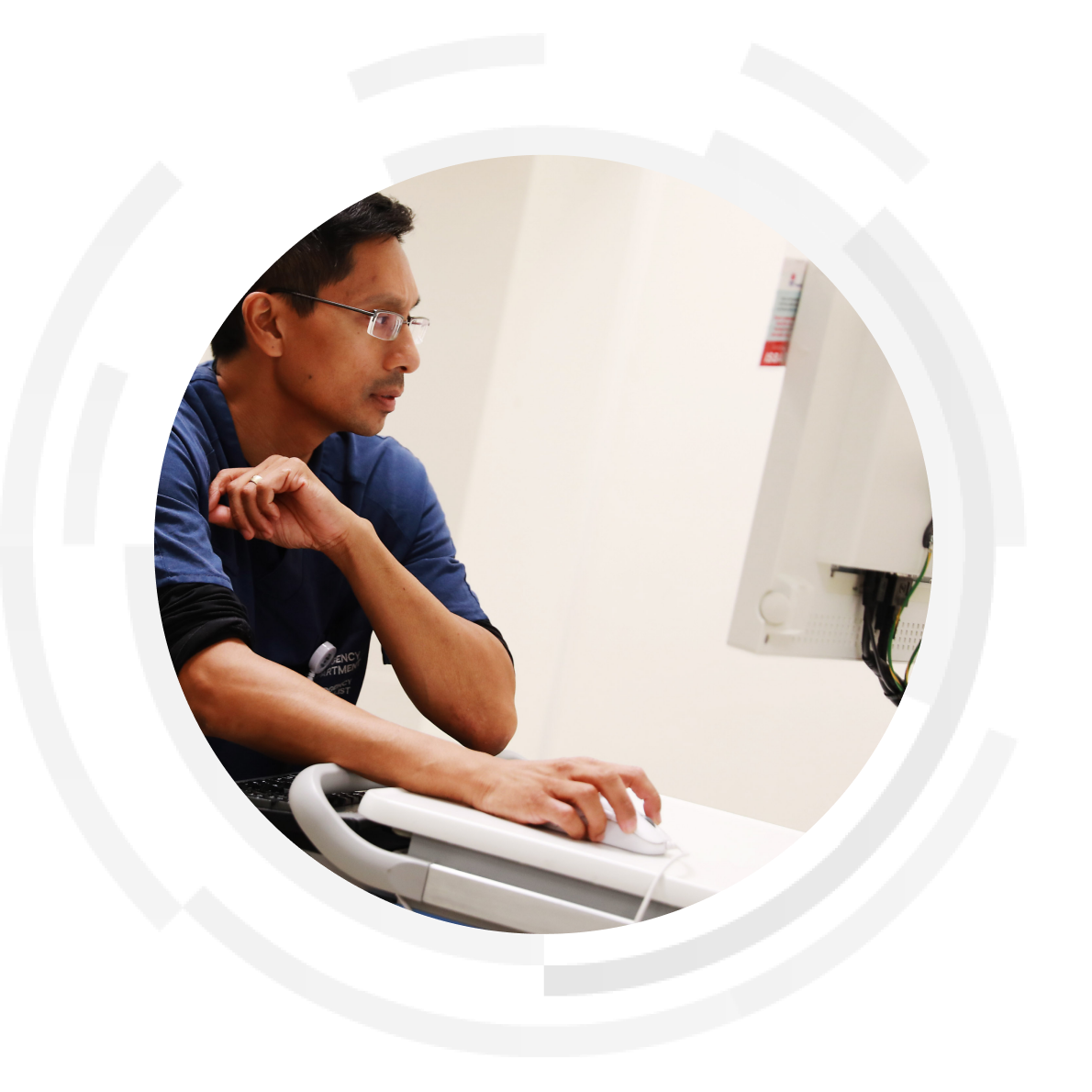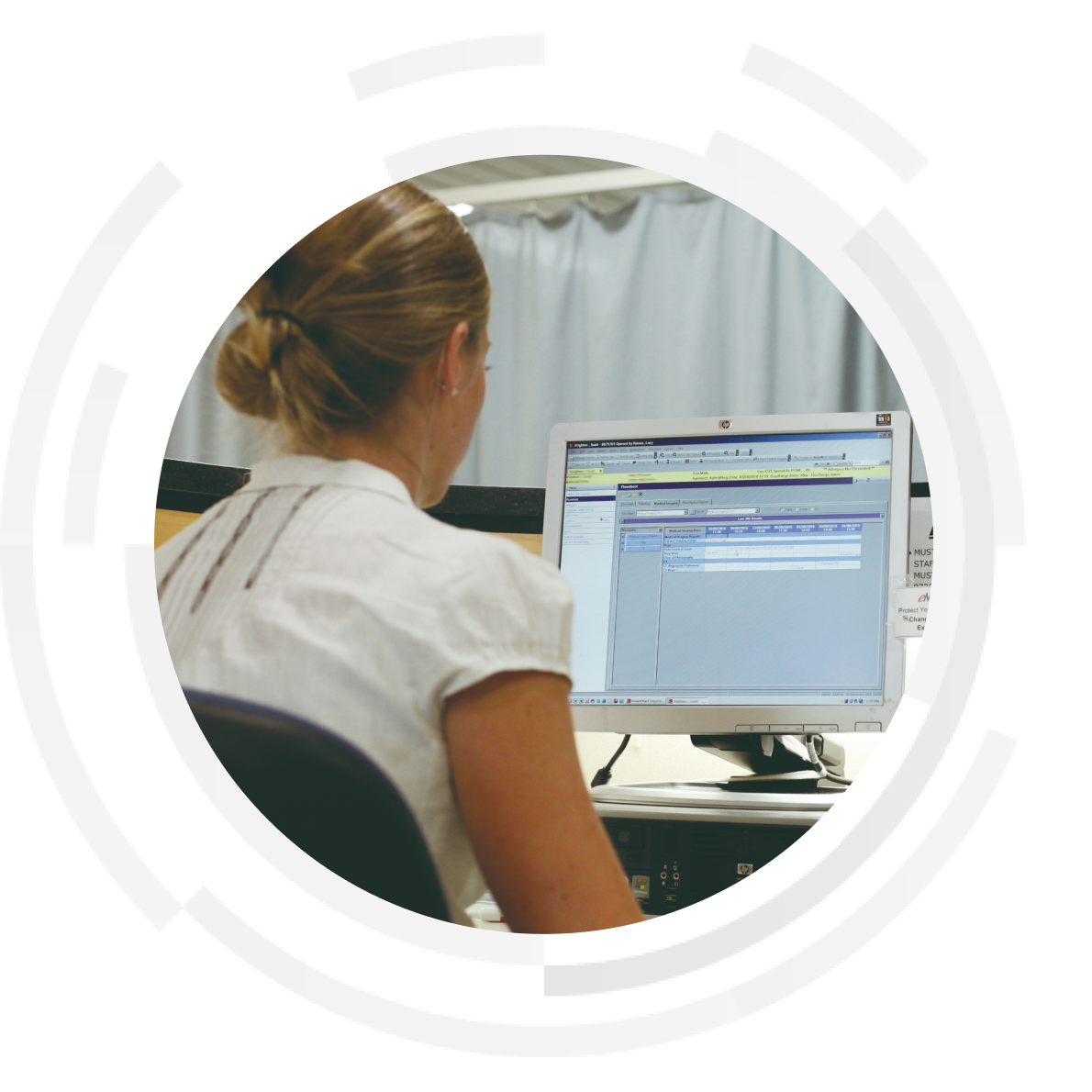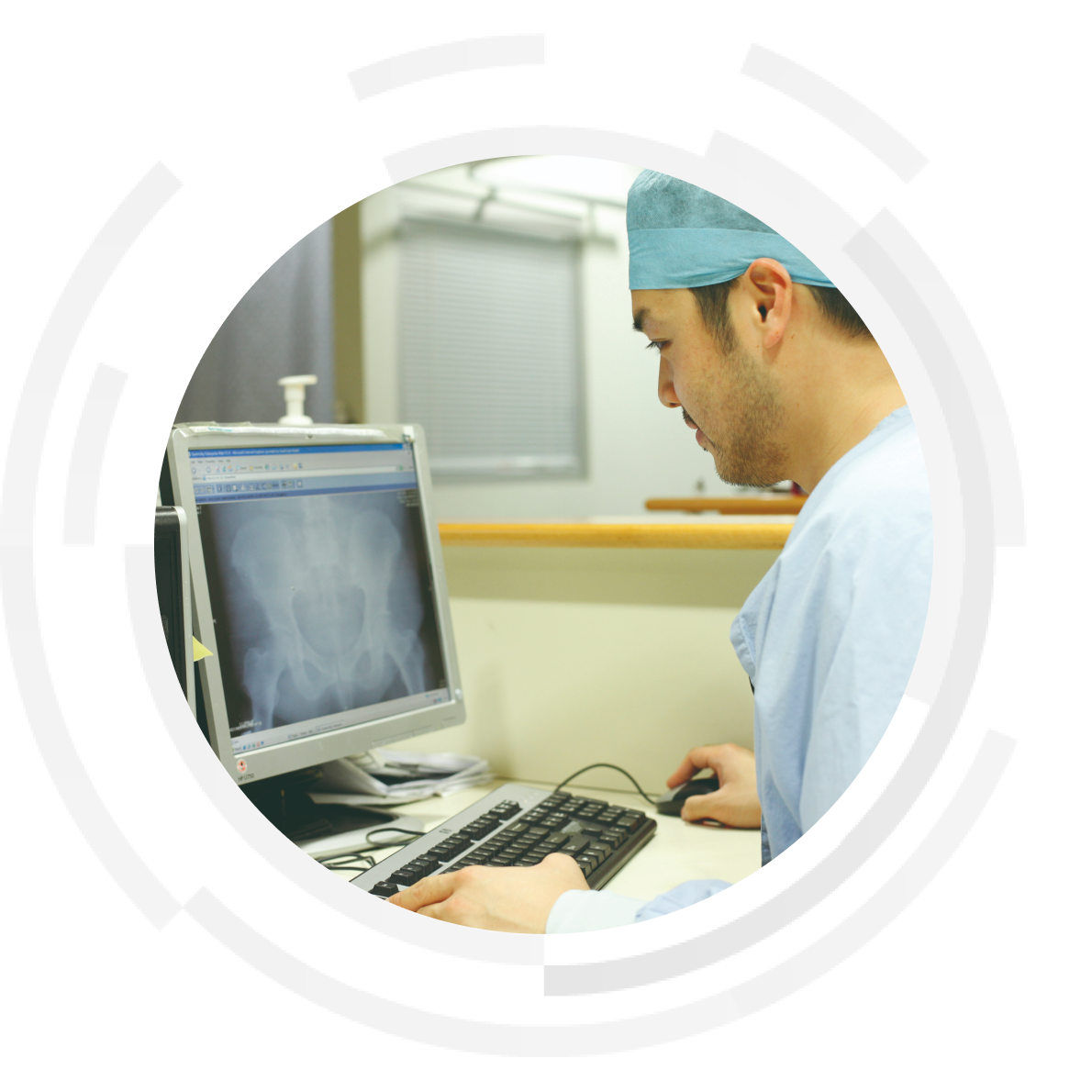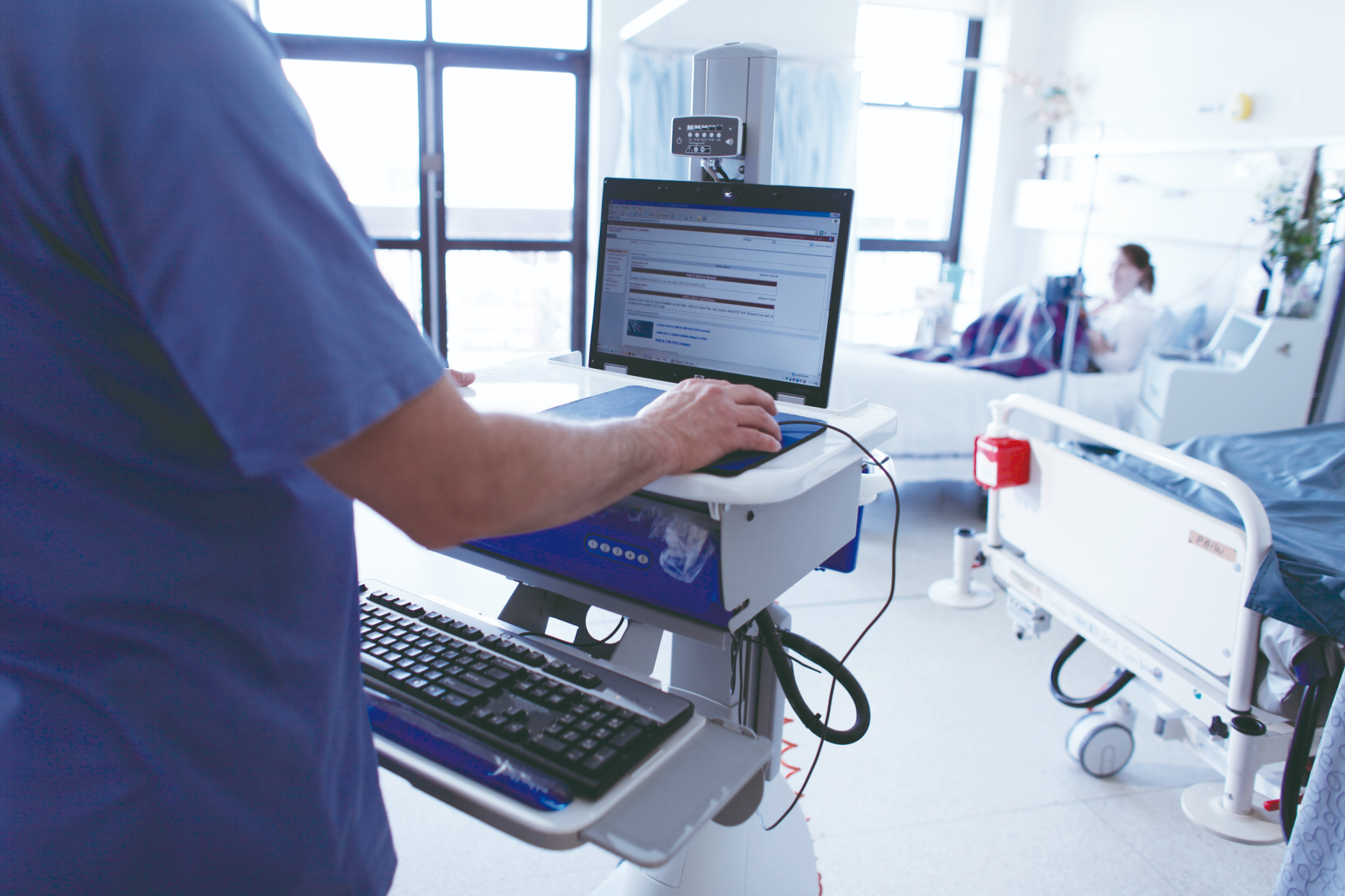
The Challenge
Historically, NSW Health staff captured patient information using paper forms. This led to issues such as illegible handwriting, misplaced notes and transcription errors. Clinicians found it difficult to access information kept at different locations, and the use of fax and other manual methods of sharing information raised issues with data security.
In response, local health districts introduced individual electronic medical record systems or eMRs. These systems gave clinicians digital access to medication information, clinical assessments, diagnosis, medical imaging and pathology results, and a range of specialist assessments. They provided prompts and alerts to support clinical decision making. Importantly, they also integrated patient data, in almost real-time, from multiple systems and devices within a Local Health District (LHD).
Although clinicians could now view health records electronically, their ability to do so was limited by locations. Moreover, the use of multiple different systems created differences in clinical workflows and the type of functionality used. With many clinicians working across multiple hospitals and/or LHDs, the lack of consistency caused confusion and added complexity when making clinical decisions.
The eMR connect program

The Plan
eHealth NSW was charged with ensuring consistent design and use of eMRs across the state as well as extending their use to include outpatient clinics and community health facilities.
eHealth NSW worked with LHDs to identify best practice principles for all NSW Health eMRs, and collaborated with vendors to align their solutions with NSW Health’s current and future needs.
Working in partnership, eHealth NSW also oversaw the continued security, reliability and accessibility of these eMRs and developed integration solutions that provided connectivity with other NSW Health systems.
Through eHealth NSW’s HealtheNet system, clinicians could also view some patient information recorded in other LHD eMRs.

The Outcome
To date consistent clinical workflows and functionality have been implemented at eMRs across 187 hospitals, and more than 300 community health facilities.
Work continues introducing new specialist clinical workflows including:
- Building on eMeds (digital prescribing and administration) to introduce complex electronic medication management
- Introducing Advance Care Planning and End of Life Management.
Much of this work has been initiated by LHDs, developed in partnership with eHealth NSW and then implemented within the state-based design across all LHDs.
As new enhancements are added, eHealth NSW develops training material for LHDs and supports local delivery.
The new Single Digital Patient Record (SDPR) Program will evolve electronic medical records further – providing a single platform where clinicians can access patient records from across the state, regardless of location.

The Benefits
- Improves patient safety through improved access to information and legibility
- Frees up clinicians to spend more time with patients
- Incorporates best-practice protocols and error alerts, automated monitoring, and reporting
- Has enhanced clinical decision-making and patient management processes
- Improves communication between clinicians and between different health settings
- Access to medication information, pathology and imaging and assessments as part of the patient’s one medical record.
Data correct as of May 2023
Related solutions
Electronic Medication Management (eMeds) provides significant digital capabilities, improving accuracy and visibili…
The Electronic Record for Intensive Care (eRIC) is a state-of-the-art clinical information system which improves th…
The Single Digital Patient Record (SDPR) will provide a secure, holistic and integrated view of the care a has pati…

